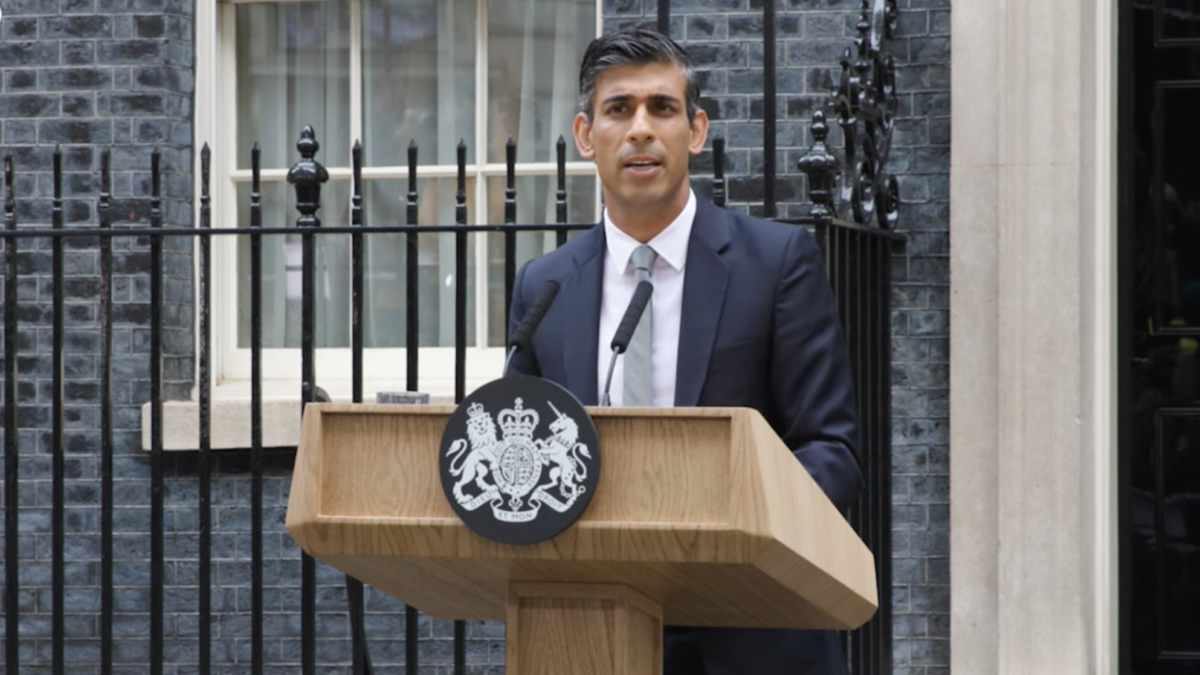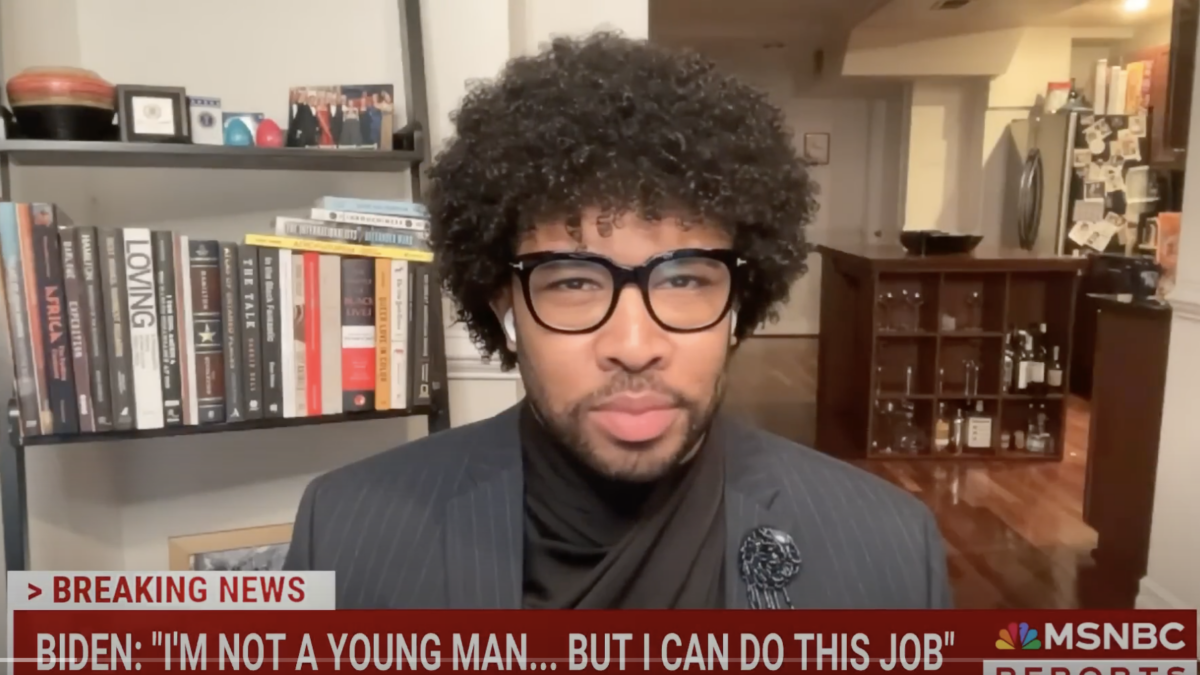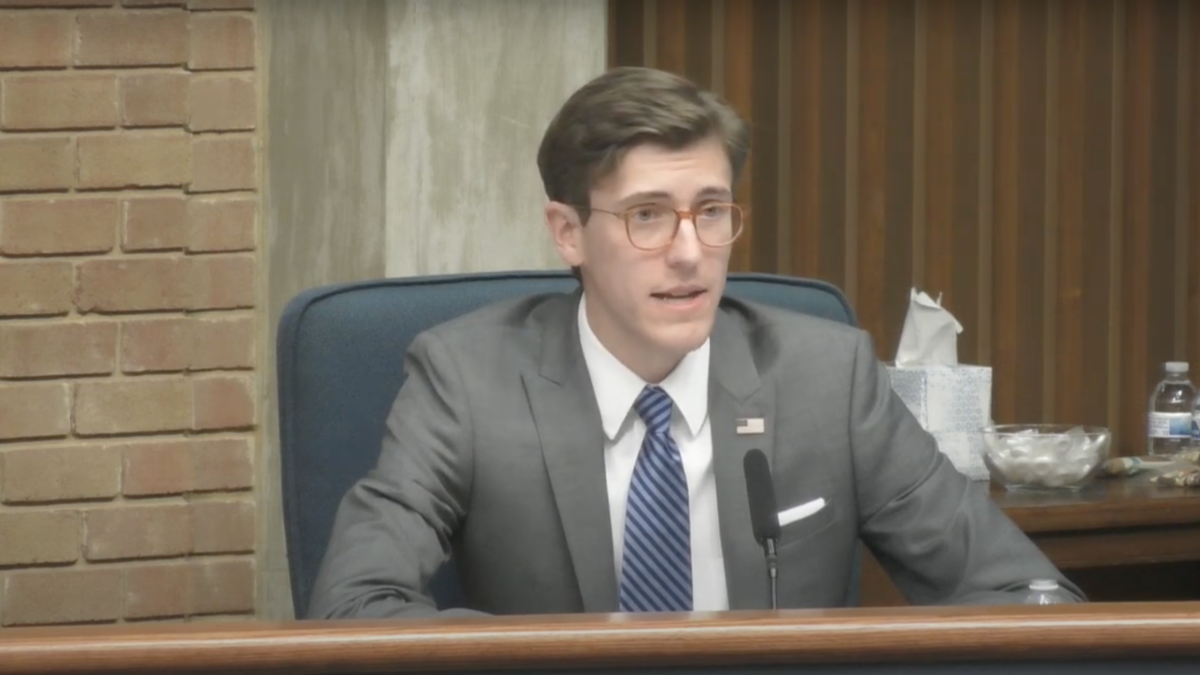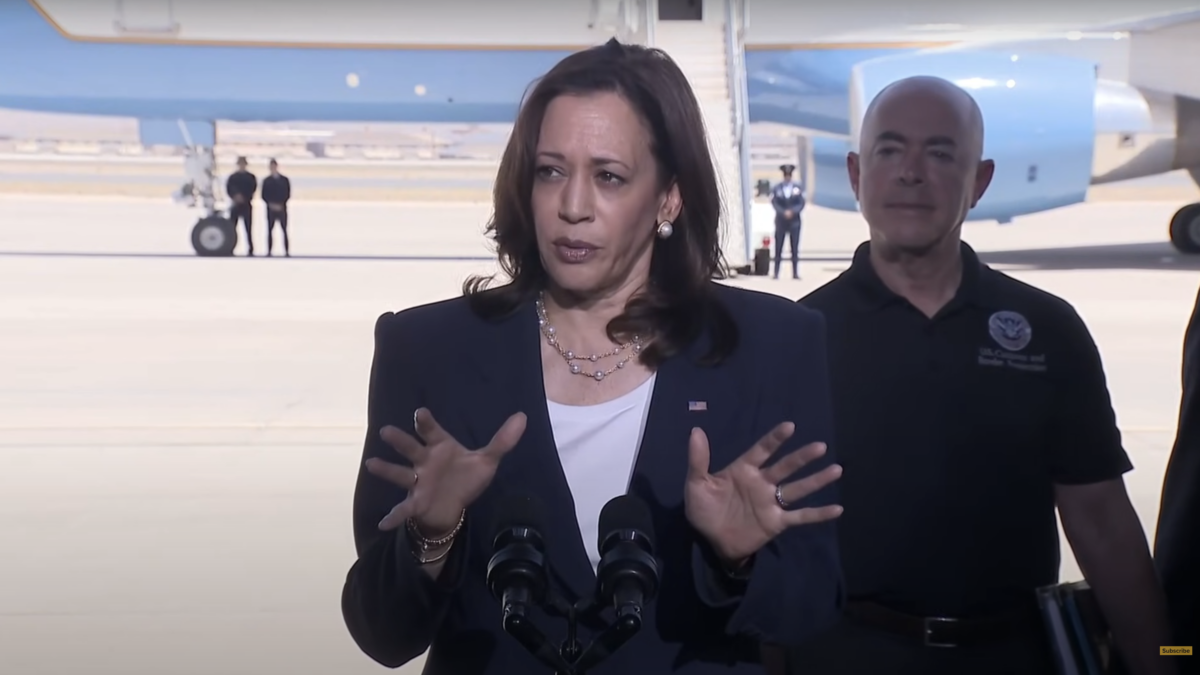While Americans will celebrate the Independence Day holiday on Thursday, Britons will go to the polls for that country’s first general election since December 2019. And the result seems all but a foregone conclusion: The ruling Conservative Party will get shellacked.
In one sense, the likely result doesn’t seem all that surprising. The Conservatives have been in office since David Cameron’s first election win in the spring of 2010. And governments in office a long time — the Conservatives after 18 years in power from 1979-97 and Labour at the end of their 13 years in power from 1997-2010 — tend to become exhausted: The best cabinet officials retire, the party’s policies become stale, voters tire of the status quo, and so forth.
But the scope and scale of the impending catastrophe appear far greater than prior electoral wipeouts and could suggest something far deeper in play. Consider this poll from early June, which found that only 42 percent of people who voted Conservative in 2019 would vote for the party again on Thursday:
As bad as Joe Biden’s debate performance was last Thursday, there’s no way that only 42 percent of his 2020 supporters will vote for him this November. So what’s going on with Britain’s Conservatives?
From Theresa May to Boris Johnson
In some ways, the roots of this fiasco go back to Theresa May’s botched attempt at a “snap” (i.e., surprise) general election in the spring of 2017. That election cost the Conservatives seats and almost cost them their majority in the House of Commons. The narrow margins in Parliament meant that lawmakers spent two years going around in circles on the question of Brexit, with most opposition parties, along with some Conservatives, trying to weaken or nullify the effects of Britain’s 2016 referendum to leave the European Union.
May ultimately resigned, and the Conservative party selected Boris Johnson as her replacement; Johnson called another snap election late in 2019 on a promise to “Get Brexit Done.” A combination of working-class support for Brexit in traditional Labour heartlands, coupled with a Labour party that had moved so far left under Jeremy Corbyn as to become unelectable, gave Johnson a healthy majority.
Within weeks of the election, Johnson had delivered on his promise and passed legislation officially decoupling Britain from the European Union. That of course raised an obvious question: Now what?
Bad Policies
Johnson’s pledge to push Brexit across the finish line won him support from rock-ribbed Conservatives, who desperately wanted to get Britain out of the EU. But the rest of his platform — high taxes and redistributionist spending, reviving the mantra of “one nation” conservatism not widely used since the 1950s and 1960s — violated small government principles.
When Covid came, Johnson responded with rounds of lockdowns, ones stricter than those imposed in the United States, and massive government spending. It also eventually led to a case of regicide, when Conservative MPs engaged in a putsch to boot Johnson after he and his staff violated lockdown protocols and arguably misled Parliament about their efforts.
The second bout of regicide came in short succession when Tory MPs forced out Liz Truss as Johnson’s successor. Conservative Party members had voted for Truss by a 57-43 percent margin. But a financial crisis supposedly sparked by her proposals to cut taxes — untimely actions by the Bank of England also played a role — prompted Tory MPs to boot her out and make the man she had defeated in the leadership election two months earlier, Rishi Sunak, prime minister.
Clueless on Issues
The fiscal chaos of two years ago led to a spike in mortgage rates that severely undermined traditional Conservative bona fides as good economic stewards. Since then, Sunak has done a good job destroying the remainder. Consider this answer in Parliament on the day in May that Sunak called the general election:
Inflation is now back to normal, and, indeed, lower than that of France, Germany, and the United States. Inflation is at its lowest level in years, our economy is growing faster and wages are rising, which is why we need to stick to the plan that is working.
To call inflation “back to normal,” a phrase that Sunak used no fewer than six times in a 30-minute question-and-answer session, after multiple years of price spikes shows a political tin ear because workers’ wages have yet to catch up to rising costs at the grocery store and for mortgages. It also reinforces Sunak, who previously worked for Goldman Sachs and has a family net worth (largely from his wife) greater than the king’s, as a wealthy “toff” unaware of the struggles of working-class voters.
Likewise, the Conservatives have failed to come up with an answer for one of the big policy problems on both sides of the Atlantic: surging migration. Sunak enacted a plan to send asylum seekers to Rwanda, but court delays mean the policy has yet to take hold. In the meantime, Reform UK, led by perennial political candidate Nigel Farage, keeps hitting the Conservatives from the right on the issue.
Little during the election campaign has gone right for the Conservatives. Sunak left the D-Day anniversary commemorations early to record an interview and had to apologize for doing so. In recent weeks, the “Gamblegate” scandal — in which several Conservative officials are under investigation for using insider information to place wagers on the date of the election — has shown a political class unconcerned with breaking rules, as with the “Partygate” scandal where Johnson’s staff violated Covid lockdowns. The image of Sunak standing outside Downing Street, getting soaked with rain as he gave his speech announcing the general election, has proved an apt metaphor for the party’s electoral fortunes heading into July 4.
Whither the Conservatives?
Four score and nine years ago, George Dangerfield’s The Strange Death of Liberal England chronicled the series of events early in the 20th century that saw the decimation of the Liberal Party and the rise of Labour. Almost nine decades later, one has to ask if a similar fate could befall the Conservatives. With Keir Starmer having rehabilitated Labour’s image on the economy and antisemitism, and Farage attacking from the right on both immigration and spending issues, the Conservatives find themselves squeezed from both directions.
With Starmer and Labour predicted to win a thumping majority, Conservatives exiled to the wilderness will likely spend years (at minimum) trying to redefine who they are and what they stand for. Initial soundings do not appear favorable:
Conservative party members could lose their final say over who becomes Tory leader as senior figures weigh up whether to change the rules if they suffer an election defeat. Two Cabinet ministers have expressed interest to the [Daily] Telegraph about diluting the voting power of members, given criticism over how the grassroots selected Liz Truss in 2022.
Some helpful advice: When you’re at an all-time low in public support, deciding to tune out the public even further isn’t a good look. Maybe listen to voters, find tangible ways to get taxes, spending, and immigration under control, and apologize for years of looking, and acting, out of touch with the electorate.





